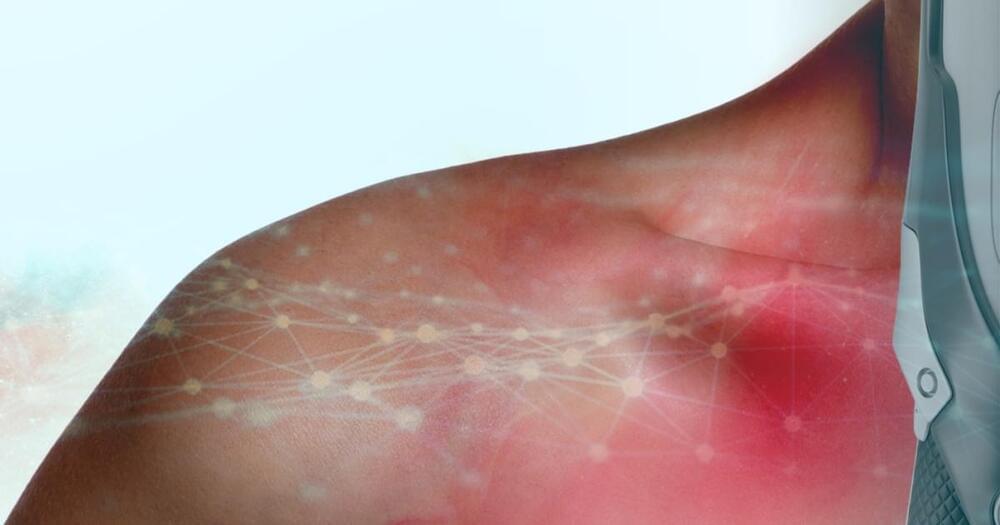After a 10-year research study that started by accident and was met with skepticism, a team of Northeastern University mechanical engineers was able to synthesize highly dense, ultra-narrow silicon nanowires that could revolutionize the semiconductor industry. Their research appears in Nature Communications.
Yung Joon Jung, Northeastern professor of mechanical and industrial engineering, says it might have been his favorite research project.
“Everything is new, and it required a lot of perseverance,” says Jung, who specializes in engineering and application of nanostructure systems and previously studied carbon nanotubes.







